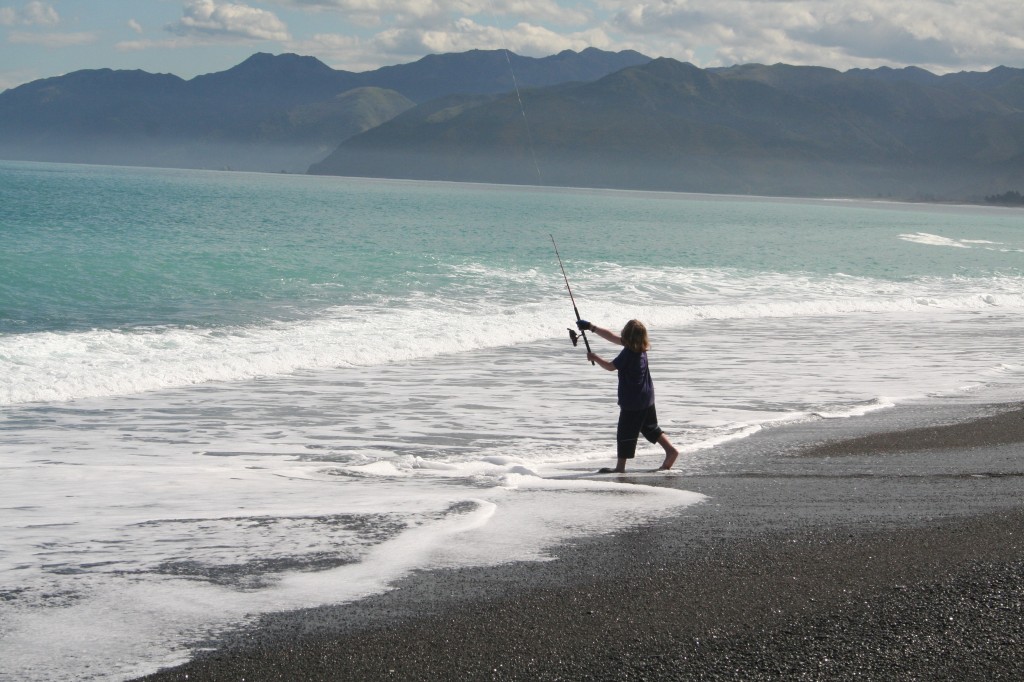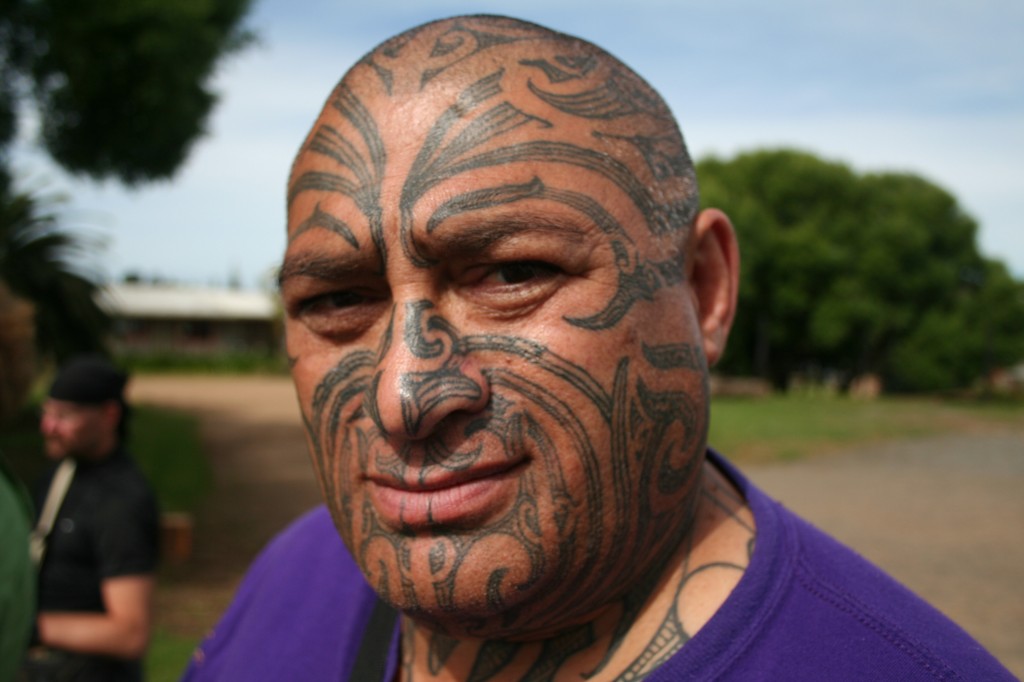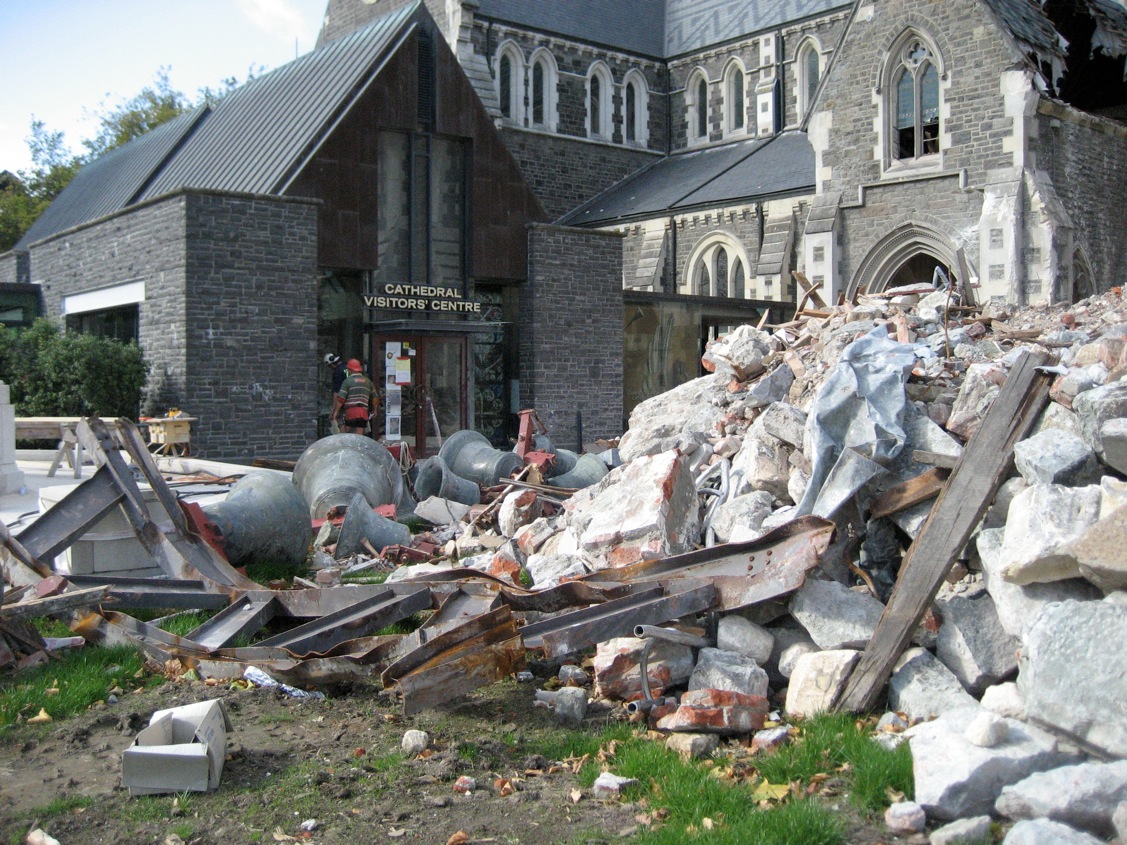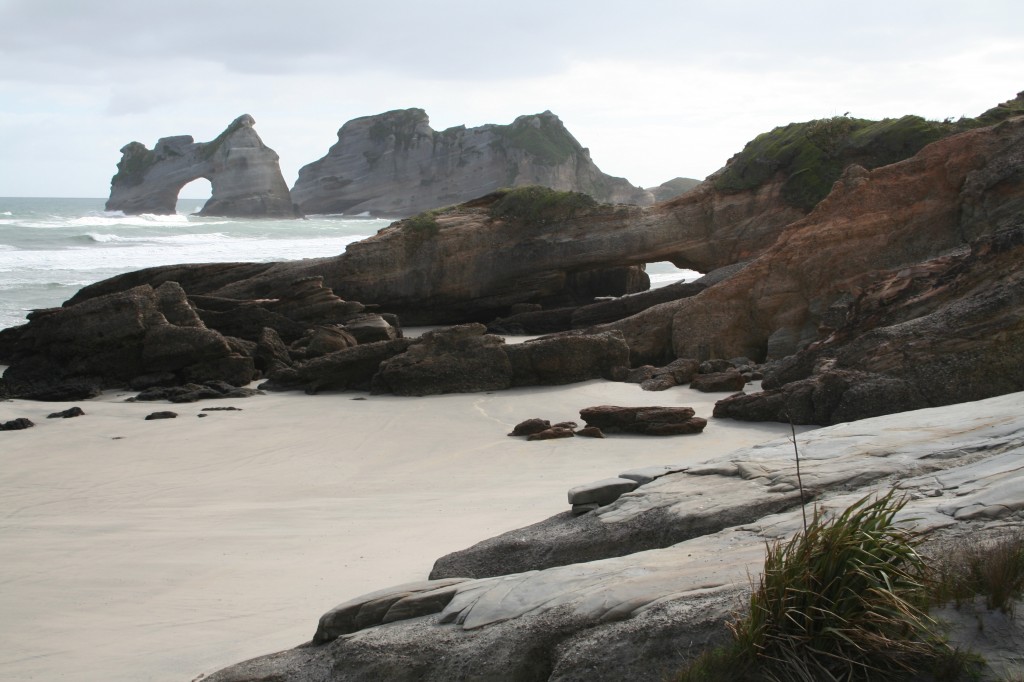
One more post about our wonderful experience with TIME Unlimited on the island of Waiheke near Aukland, for I want to tell you a bit more about what we learned about the role of women in Maori culture.
I already mentioned that there are different rules for men and women in the welcome ceremony. Women are generally not allowed to speak, as a way of protecting them from hostile spiritual forces. For that same reason, they are kept in the back rows during the ceremonies, protected by men at the front.
On the island marae, we were given another rule: women were not allowed to enter a shed where pieces of wood are being carved that will eventually adorn the walls and exterior of the meeting house. Women were invited to see the carvings from the doorway, but not stand beside them. The reason, we were told, is that the spiritual energy of women is so strong that it could interfere with the sacredness of the carving process. Once the carvings are finished and installed with the proper rituals, there will be no further restrictions relating to women.
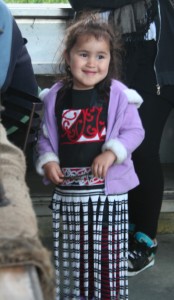
I realize that in practice this sort of division of sexes can turn into plain old oppression and discrimination. If you’ve seen the Maori film Whale Rider, you know that sometimes girls and women rightly chafe at these restrictions.
But I don’t think that the Maori we talked to were just paying lip service to the idea that women are the more powerful of the two sexes. In fact, they said that when European practices first filtered into Maori culture, there was actually a decrease in the status of women, for their role in western society was much more subservient. “I think the men were probably glad to have an excuse to put women in a lower place,” one of our male guides said.
The traditional divisions between the roles of men and women can still be found in Maori culture, though they are gradually changing in response to modernization. I know that in New Zealand, I met many strong, vibrant Maori women—and the older they were, the more impressive they seemed. I remember one community meal in particular, during which I sat next to the man who was the male leader of the meeting house. But after awhile I noticed something curious: whenever the servers brought a new dish to the banquet, they first brought it to his wife for her approval. And as I talked to her, I realized that she played a more significant public role in the community than did her husband, and that he deferred to her in many ways.
Perhaps the best indication of female status came from a male traditional healer who told me about the long training he had been given. When I asked him if the regimen was the same for women, he shook his head. “Men have to be trained to do what women do naturally,” he said matter-of-factly. “After all, they are more powerful.”


